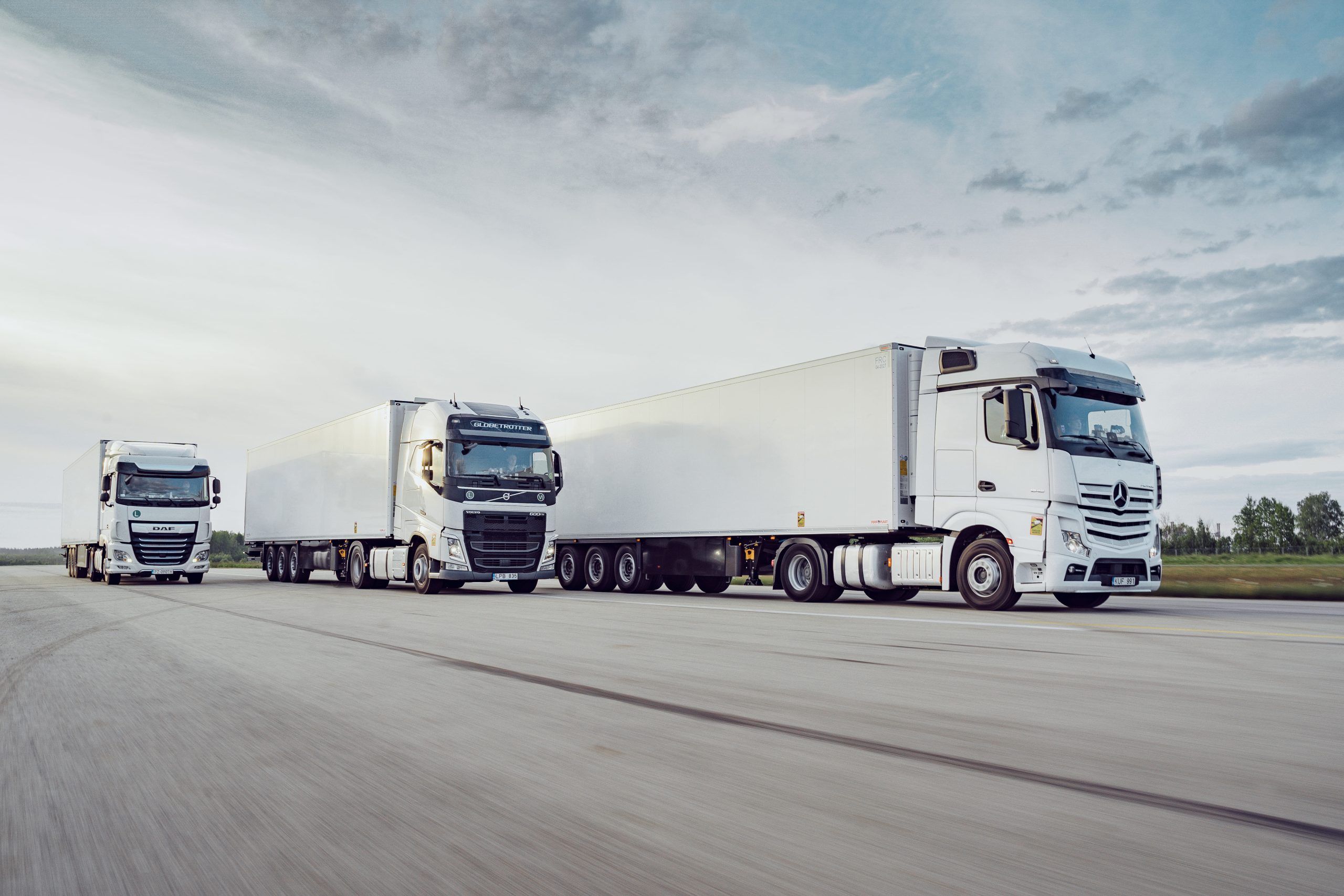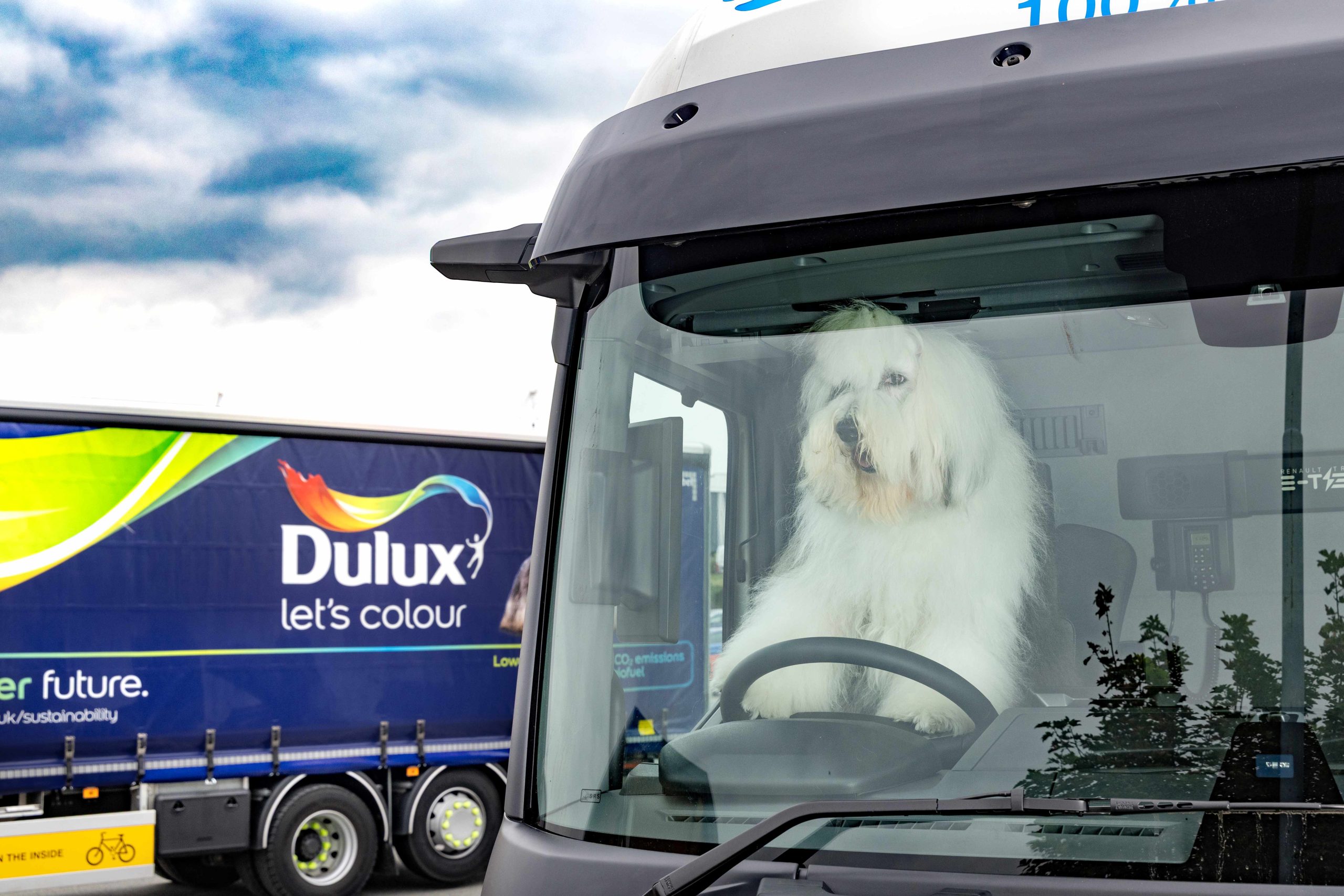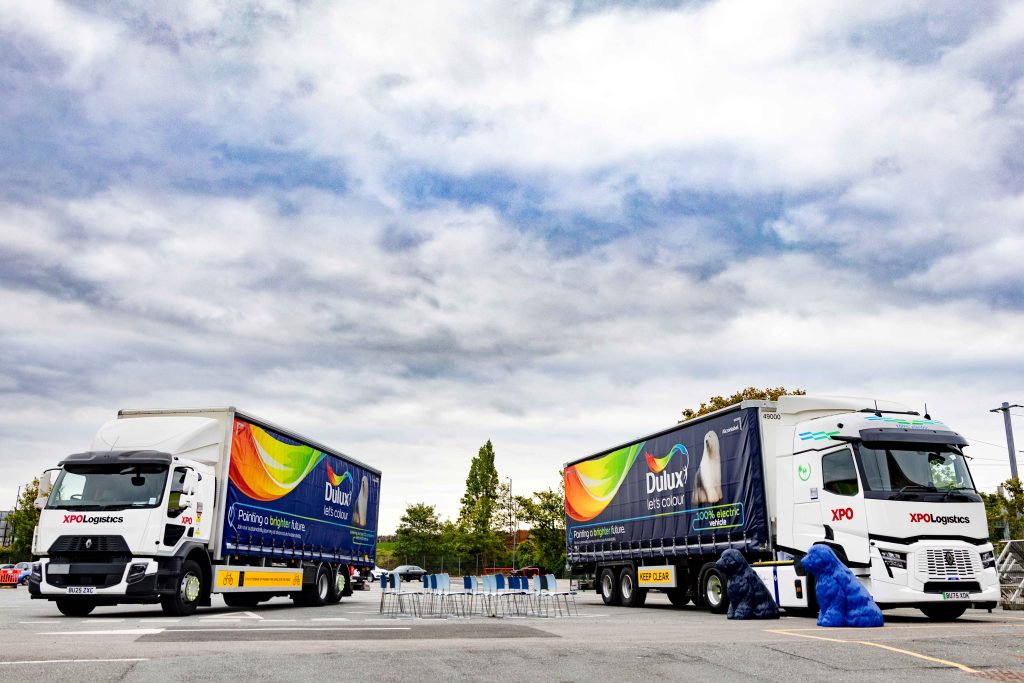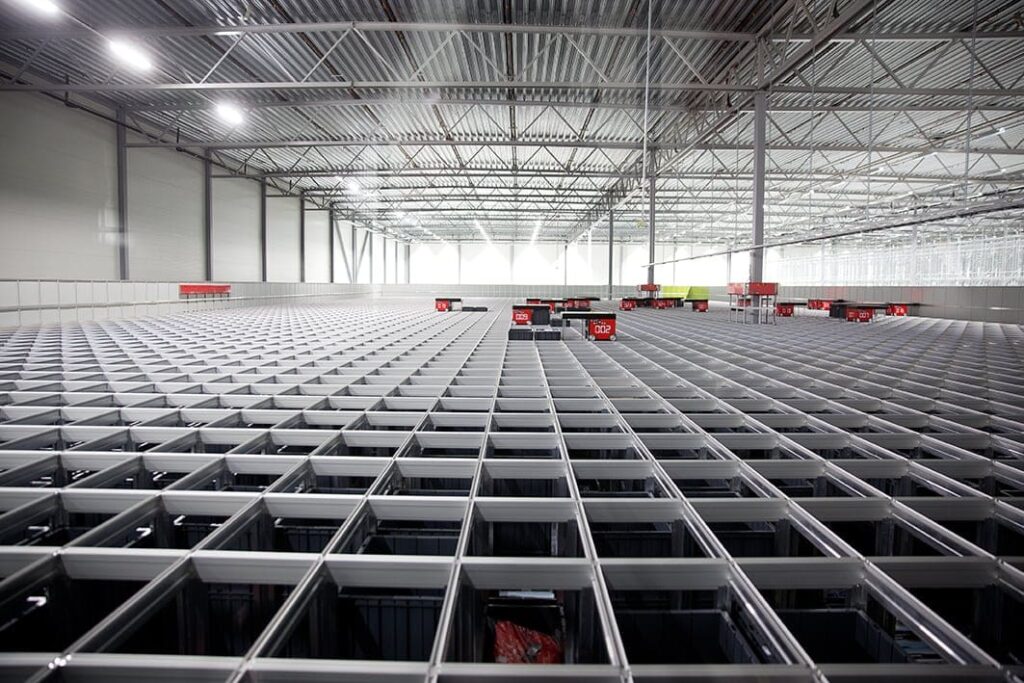The freight transport market has entered a new phase in 2025. So far this year, volumes are rising, but at a slower pace than in 2024 — a trend analysts expect to continue over the next few years. According to Eurostat, more than 13.1 billion tons of goods were transported by road across the European Union in 2024, covering 1,867 billion tonne-kilometers. Yet these are only surface-level figures. Geopolitical shifts, closely monitored by logistics experts, suggest we are entering a period of uncertainty in which the key to success will be the ability to constantly analyze market conditions and make well-balanced, informed decisions.
Signs of a Heating Market
Virtually all measurable indicators point to an overheating European freight market. As Tomas Šilinikas, Director of Regional Sales and Pricing at Girteka Logistics, explains, the clearest indicator is the volume of spot requests received by carriers. At present, their number is almost double compared to the same time last year.
“This tells us that demand is increasing, which is also confirmed by the rising prices of spot shipments —services purchased not under long-term contracts but to meet immediate needs. At the same time, we see that our contractual clients are maintaining high transport volumes. For example, during a downturn, if we had an agreement for 100 shipments per month, we might execute only 50. When the situation improves, the figure rises to 70 or more. Now we are operating at near-maximum capacity,” he notes.
The expert attributes this surge to several factors. Primarily, it stems from the post-pandemic recession, when both production and consumption in Europe contracted. Many transport companies went bankrupt, others downsized their fleets, and many lost employees. According to ECB data, bankruptcies in the transport and storage sector grew by 180% compared with the 2016 baseline. These effects are still felt today, making it difficult for carriers to keep up with demand.
“Another important factor is the increase in exports from Germany and the Benelux countries to the United States. This was largely driven by Trump’s tariff changes, which created uncertainty and prompted companies to act quickly. This trend is reflected, for instance, in the visibly higher output of German factories. In other words, the market’s momentum is being shaped more by geopolitical factors than domestic consumption,” says the logistics expert.
Europe’s Fragile Growth
Freight transport can be seen as a barometer of economic activity. Logistics trends often provide a strong indication of how other sectors are evolving. According to Šilinikas, this is because carriers directly respond to shifts in consumption and production. At present, these are shaped mainly by one factor: Europe’s subdued growth, particularly in Germany and France. While the EU economy is showing some signs of recovery, it continues to underperform compared to its potential, and the outlook varies significantly across individual countries.
“After the tariff adjustments, exports declined slightly and have since returned to more normal levels. Whether they will fall further year-on-year is still too early to tell. At the same time, we are observing signs of a recovery in European consumption. The Purchasing Managers’ Index (PMI) has reached 51 points — firmly in growth territory and the highest level in 38 months. This suggests that if exports have eased — which previously surged due to buffer stockpiling in the U.S. — but production continues to grow, then the driver of growth is domestic consumption. And growing consumption, combined with persistent driver shortages and the three-year transport capacity crisis, inevitably leads to a shortage of available capacity,” Šilinikas explains.
If U.S. tariffs on China turn out to be significantly higher than before, European manufacturers could become more attractive to American buyers, since the price gap between European and Asian products would shrink. Conversely, if tariffs remain only slightly different, European companies will face even fiercer competition. For the EU — an economy largely driven by exports—this would represent a major challenge. Nevertheless, Šilinikas predicts that the U.S. will remain Europe’s key trading partner. The recently reached trade agreement suggests that the worst-case scenario has been avoided. Even if trade volumes fall, they are unlikely to collapse dramatically. Other geopolitical risks, however, remain a greater source of concern.
“At the same time, we are falling further behind China, which absolutely dominates in green technologies and electric vehicle production. This poses a major challenge to Europe’s competitiveness, particularly for the automotive and chemical industries,” notes the Girteka Logistics regional sales and pricing director.
In response, the EU has initiated its ‘Green Deal’ and, more recently, introduced targeted tariffs on Chinese EV imports. This is not a uniform policy; it’s a calculated move to level the playing field against what the EU views as subsidized competition. However, this action creates significant uncertainty for the logistics sector, directly impacting trade flows and volumes.
“If tariffs successfully curb Chinese imports, it could lead to increased domestic production, changing freight demands. Conversely, the intense pressure from more affordable Chinese EVs could force European carmakers to reduce output, creating a domino effect that sends tremors through their entire supply chain — a major client for freight companies,” says Šilinikas.
Stable Contracts or the Profitability of Spot Orders?
The overheated market has also led to increased demand for spot orders — shipments dictated by market conditions rather than long-term agreements. Such orders are usually more profitable for carriers but come with higher risks due to their unpredictability. Some companies focus almost exclusively on spot freight, earning more in good times but struggling when the market tightens or when consistent truck utilization is required.
“Our approach is that long-term contractual commitments should ensure stability, while spot orders help offset fluctuations or maximize profit. Contracts remain the backbone of a sustainable business because they guarantee that trucks will not stand idle. Spot shipments should be handled by resources kept in reserve,” Šilinikas explains.
Still, contracts are not a guaranteed success formula. They provide stability but can also lead to missed opportunities. Since contracts are usually signed for a year, companies must forecast economic developments, cost dynamics (roads, tunnels, maintenance, and the costs of recruiting and retaining drivers), and many other factors as accurately as possible.

“Will the economy grow, bringing more orders? Or will conditions worsen, making it essential to secure as many contracts as possible because demand for spot shipments will vanish? That’s why paying attention to geopolitical factors is not just a matter of curiosity—it’s the only way to make informed decisions,” the expert stresses.
A large logistics company might have 70-80% of its fleet under long-term contracts (providing a stable base) and allocate the remaining 20-30% to spot orders, which allows them to capitalize on market peaks and optimize profit. This strategy mitigates risk while allowing for flexibility.
Searching for Balance
Another factor increasingly affecting the freight business is climate change. Seasonal shifts are already noticeable. For instance, fruit exports from Spain have been disrupted by heatwaves.
“From the perspective of a logistics operator, this creates a need to focus more on cargo storage conditions, which inevitably impacts fuel consumption. The same applies to floods—you simply have to bypass them, adding extra kilometers. So far, these trends are hard to measure precisely and rely mainly on expert judgment. But this issue will only grow in importance in the future,” says Šilinikas.
In other words, weather conditions and forecasts are becoming yet another variable that logistics companies must consider. According to the expert, success in this business depends on how well one can predict what lies ahead in six to twelve months. Only then can companies grasp economic dynamics and avoid mistakes with severe long-term consequences.
“Maintaining balance between long-term contracts and spot opportunities is now essential—you need to ensure stability while remaining flexible enough to seize attractive offers. In other words, you must take advantage of today’s situation while also keeping an eye on the future, since there is no guarantee that current conditions will last,” concludes the Girteka Head of Pricing.







